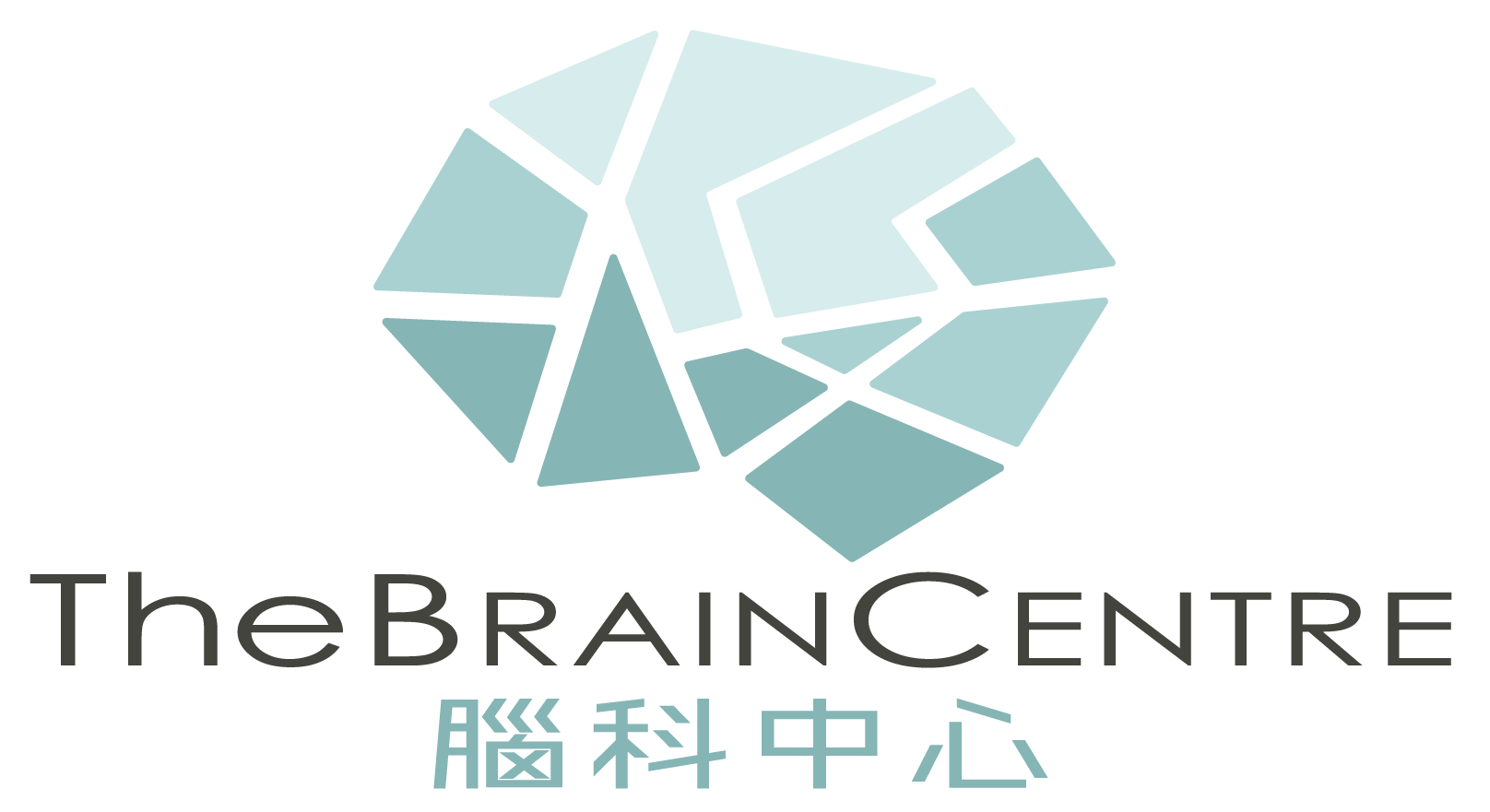Outcomes of two-isocenter gamma knife radiosurgery for patients with typical trigeminal neuralgia: pain
response and quality of life.
World Neurosurg. 2018;109:e531–8. DOI: 10.1016/j.wneu.2017.10.014. Epub 2017 Oct 13.
Zhao H, Shen Y, Yao D, Xiong N, Abdelmaksoud A, Wang H.
Objective
To evaluate the effectiveness and safety of 2-isocenter Gamma Knife surgery (GKS) by reviewing patients with trigeminal neuralgia (TN) from the last 10 years.
Methods
A total of 247 patients were followed up and the Barrow Neurological Institute scale was used to evaluate pain degree. Patients’ age, gender, pain duration and location, preoperative/postoperative Barrow Neurological Institute scale score, time to initial pain relief, recurrence time, and complications were documented and analyzed.
Results
Patients who underwent a 2-isocenter GKS achieved earlier initial pain relief. The median time of initial pain relief was 2.0 months. Kaplan-Meier analysis showed that the patients with a shorter history of TN and the patients without preoperative surgery achieved earlier initial pain relief. During the 122.8 months of follow-up, the median time of recurrence-free pain relief was 49.7 months. Age was found to be a risk factor of recurrence. Patients who underwent 2-isocenter GKS had a higher rate of postoperative facial numbness, but only 9 cases reported bothersome facial numbness. Multibranch involvement was a risk factor for
postoperative facial numbness.
Conclusions
Compared with other modalities, 2-isocenter GKS was a safe and highly effective option for patients with TN. However, more data need to be collected to verify its long-term effect.
